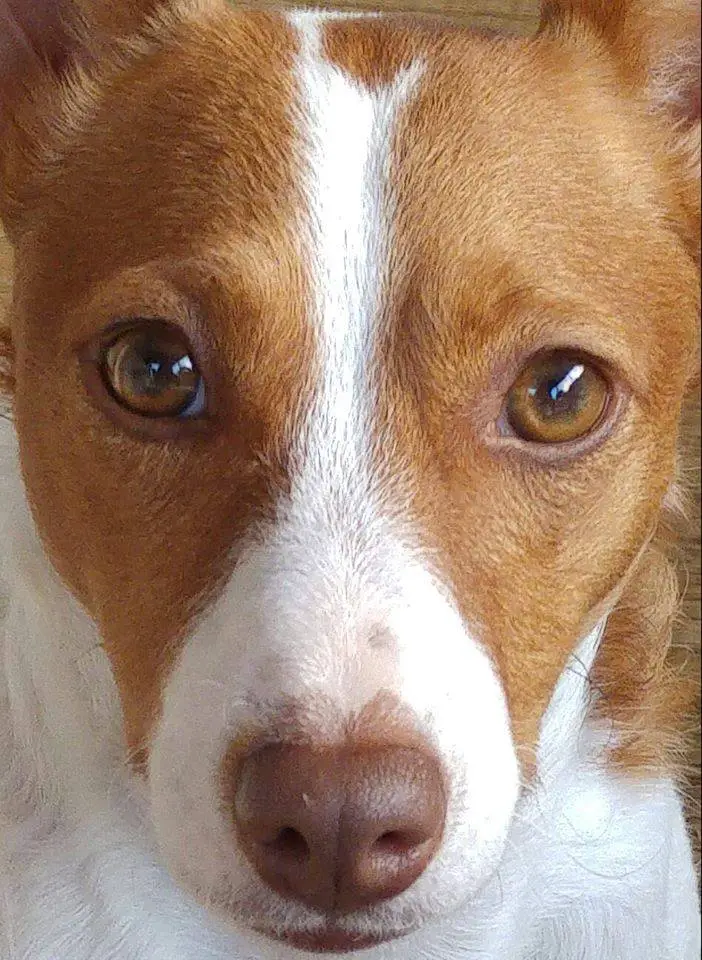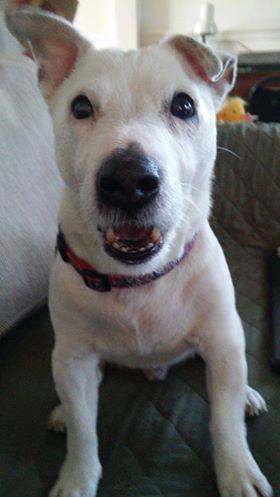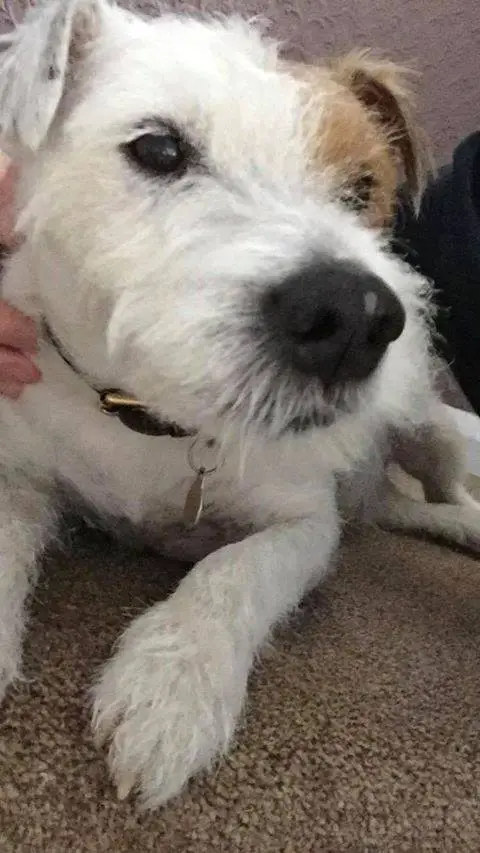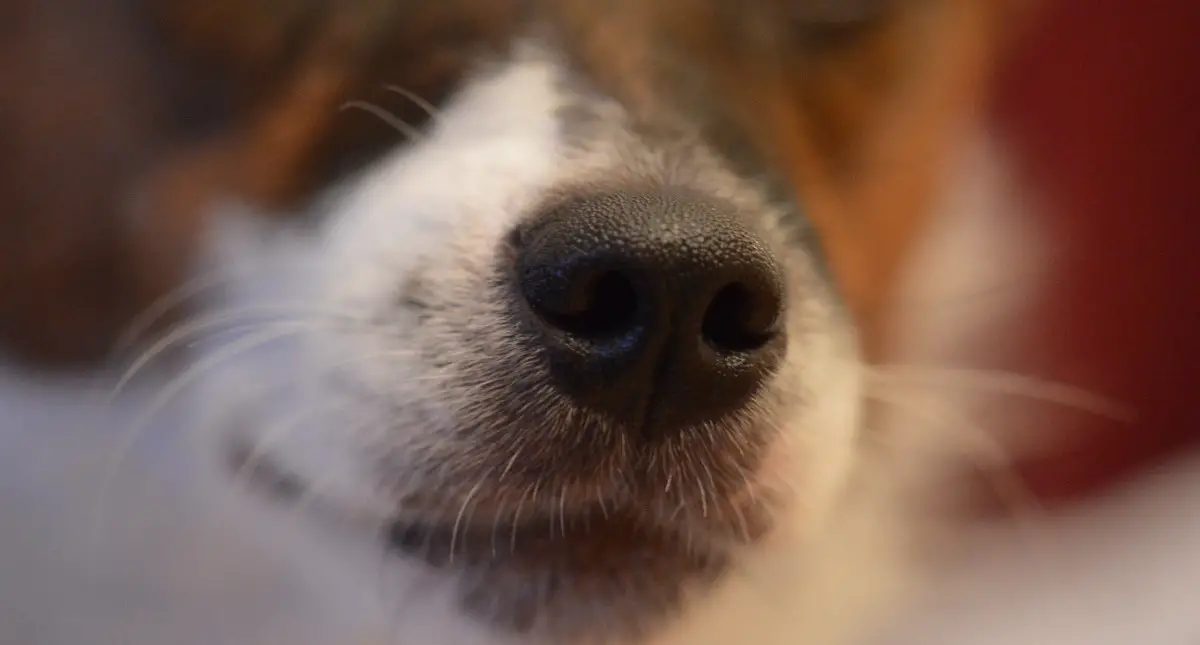Table of Contents
Nobel
*This post may contain affiliate links. As an Amazon Associate we earn from qualifying purchases.
Dogs do have an amazing sense of smell — as anyone can tell you, who has ever tried to sneak a piece of cheese while their dog was in the other room.
But there’s a lot more to the amazing canine nose than you might think.

More Receptors Mean Better Reception
A human nose has around six million scent receptors. That’s enough to keep us out of most kinds of trouble. But a dog’s nose has around 300 million. And that’s enough to give the dog around 100,000 times a human’s sniffing power.
There’s a Difference in the Wiring
Dogs’ brains are wired differently, too.
For example, the part of a dog’s brain that processes scents

But did you know that when a dog breathes in, the nose separates the air into two different streams? One stream goes to the lungs, and another to the olfactory processing center.
Also, interestingly, a dog can breathe in and out at the same time! However, they cannot pant and sniff at the same time — which is why hot weather can affect the accuracy of scent-detecting dogs.
Dogs Smell in “3D”
What? How?
Well, just as our two eyes produce a three-dimensional picture of what we’re looking at, each nostril of a dog’s nose provides a slightly different “picture” of the scents in the dog’s environment. Then that powerful doggy brain combines the two to produce a more complicated and accurate perception of the scents in the environment.

Independent Nostrils
Dogs can move each nostril independently. Why would they want to do that? Perhaps to catch two different smells in two different directions?
Also, when sniffing different things, dogs often favor one nostril over another. A recent study shows that dogs use their right nostril when investigating a new scent for the first time. There is an exception
What About the Slits?
You might have noticed a dog’s nose has slits at the side. What are those for?
Well, those slits are there to let out air when your dog exhales. Releasing air this way stirs up the scents in the nearby air, which helps to pull new scents into the nose.

Those nostril slits also protect heat sensors that newborn puppies use to find their way back to their mother before the babies’ eyes are open.
The Amazing Canine Nose
Ultimately, Feynman conceded that his dog really did have a better sense of smell than he did. However, he also found that there’s a lot of olfactory information people miss out on because we’re just not paying attention.
But when it comes to pure olfactory power, our pathetic sniffers really can’t compete.
Featured Image: CC0 by Celine nic Oireach, via Pexels

